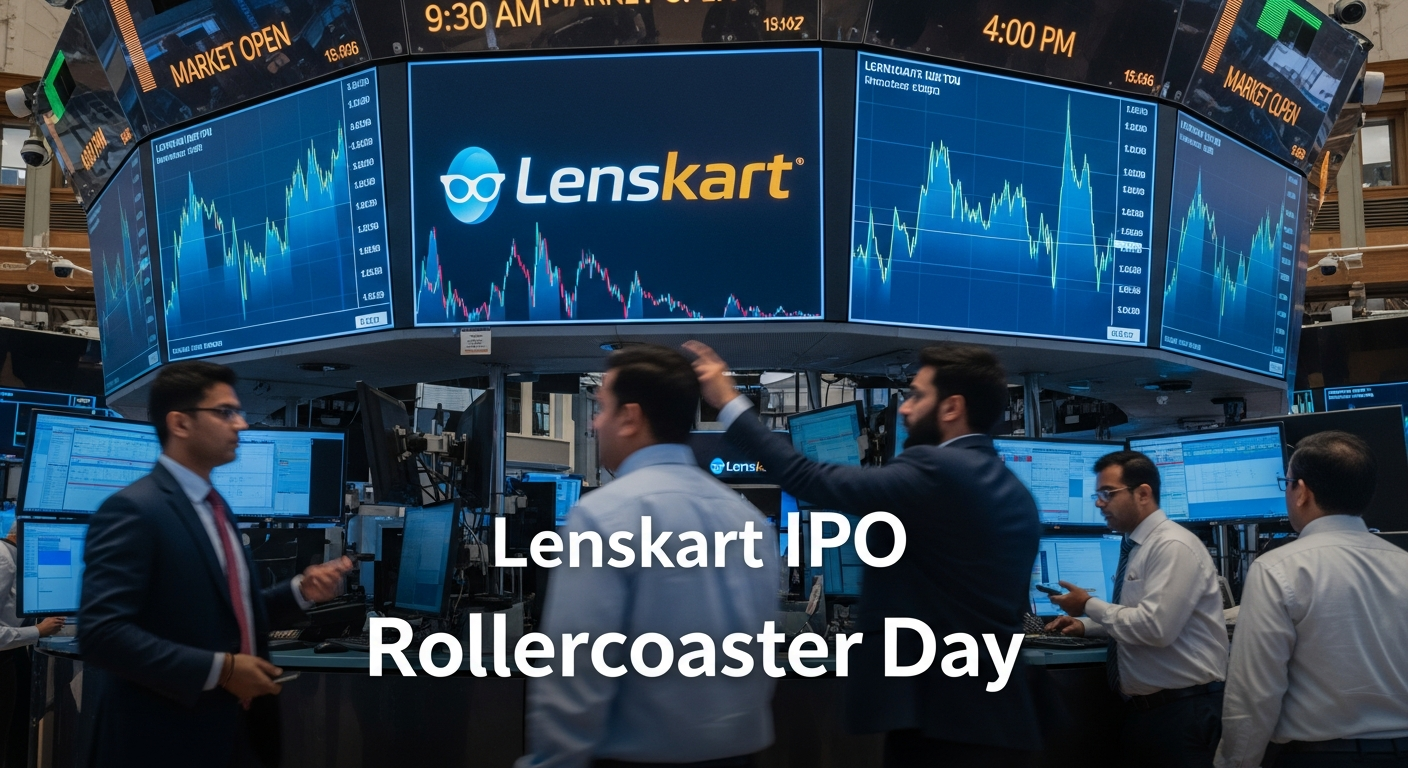The air in the trading room felt charged, you know? It was November 12, 2025, and all eyes were on Groww. The company, a prominent player in India’s retail investment space, had just launched its IPO. The numbers, honestly, were pretty striking.
Groww managed to raise nearly $750 million. Shares opened at ₹112, which was already 12% above the initial issue price. By the close of trading, they’d climbed further, settling at ₹128.85. That gave the company a market capitalization of around ₹795 billion, roughly $9 billion.
The buzz was palpable. Everyone seemed to be talking about it — from seasoned brokers to first-time investors. The mood was optimistic, reflecting the general sentiment surrounding the Indian market, particularly the retail sector. The tricky part is, a lot of this growth is relatively recent.
A source at the Bombay Stock Exchange, who preferred to remain anonymous, mentioned that the IPO’s success was a clear indication of the confidence in India’s retail investing boom. “It’s a sign of a maturing market,” they said, “and a testament to the growing financial literacy among the younger generation.”
The scene at the trading floor was a mix of tension and excitement. Screens flickered with real-time data, and the murmur of conversations filled the room. The success of Groww’s IPO, you could see, was more than just a financial event; it was a cultural one. It spoke volumes about the changing financial landscape in India.
The company, it seems, is well-positioned to capitalize on this trend. Their platform has gained popularity among younger investors, offering a user-friendly interface and a wide range of investment options. The IPO, in a way, is just the next step.
And the future? It’s hard to say, of course. But the initial success of the IPO certainly paints a positive picture — or maybe I’m misreading it. The market, after all, is a fickle beast.





